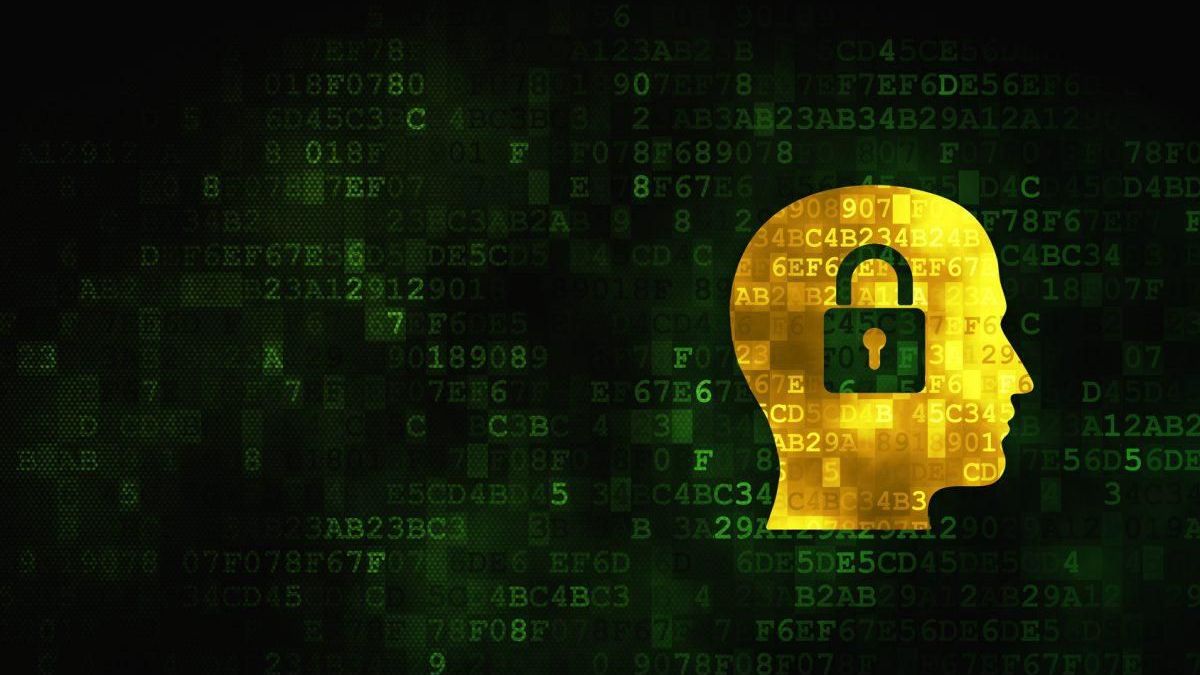The emergence of the Generative artificial intelligence (GAI) at the end of November 2022, with the mass enablement of this tool in the hands of the world’s population with devices such as Chat GPT (Open IA), Copilot (Microsoft), Gemini (Google), IA Meta (Meta) and Grok (X ); It represented a great challenge for all areas of human knowledge, with artistic creativity not being exempt in the world of music.
Although the artificial general intelligence (AGI) It is extremely efficient in repetitive, systematic, schematized and automated tasks; It seemed much more difficult, not to mention inaccessible even for machine intelligence, to venture into areas of human creativity.
Music generated by artificial intelligence
Although artificial intelligence (AI) had already been present with low intensity in everyday life since the last decade, at the beginning of this decade the emergence of AGI accelerated its omnipresence in areas such as musical composition and performance.
Three examples can be cited as representative of this phenomenon that can revolutionize the field of intellectual property. They are: 1.- Jukebox; 2.- IA Song Contest, and 3.- Miku Hatsune
1.- JUKEBOX (OpenIA)
JUKEBOX (OpenAI) OpenAI, the company behind ChatGPT, has developed Jukebox, a neural network capable of generating music, including voices, imitating living or deceased singers. Using a database of 1.2 million songs (600 thousand in English), Jukebox can create new songs in the style of a user-specified artist, imitating real voices with great effectiveness.
image.png
2.- IA Song Contest
In 2020, due to the COVID-19 pandemic, many live shows were cancelled, leading Dutch channel VPRO to organize the “AI Song Contest”, an alternative to the traditional Eurovision. The Australian team “Uncanny Valley” won with their song “Beautiful the World”, created using artificial intelligence algorithms.
3.- MIKU HATZUNE. The first sound of the future.
Miku Hatsune is a digital star from Japan, created by Crypton Future Media Vocaloid.
image.png

Hologram of Miku Hatsune live in concert formed by laser
This vocalization program (Vocaloid) uses a database of human voice records (Voicebank) and assisted by AI to generate the voice of Miku, a 16-year-old holographic teenager. Miku sings in Japanese and performs on stages alongside real musicians, becoming an icon of Japanese culture.
image.png

Japanese citizen Akihiko Kondo married the hologram of Miku Hatsune.
Intellectual property in the era of generative artificial intelligence (GAI)
Without a doubt, the IAG by allowing the composition and performance of songs generated by artificial intelligence (AI) and probably, the design of digital characters, even more advanced in their holographic representation than Miku Hatsuneor the digital resurrection through holographic images of milestones of different genres in the world of music, such as the hologram of Carlos Gardelthe Zorzal of Buenos Aires and King of Tango or of Elvis Presley as the King of Rock & Roll, or Bob Marley as an icon of the Reagge movement; They constitute a revolution in the field of intellectual property.
When creating a hologram for the music industry, not only are the copyright and intellectual property rights over the melodies and themes at stake; but also the rights to the image, name, brand, even the dances: everything is subject to approval by the legal representatives of the figure in question.
Until the first decade of the 21st century, there was no doubt that products produced through the use of computer programs (Software) had, as legitimate copyright holders, the people who used these computer programs as tools for the composition. of a melody or theme, or, for the creation of a work of art, through its digital design.
Increasingly, the registration and recognition of copyright and intellectual property (IP) is proposed for systems assisted by artificial intelligence (AI), and not for the people or teams of people who created the computer system assisted by an algorithm. artificial intelligence (AI).
The criteria in relation to the intellectual property of music generated through AI
Currently there are two very different positions regarding the recognition of intellectual property regarding music generated by artificial intelligence. One position is that adopted by the United States of America (USA) and the European Union (EU); the other is the position of the Commonwealth of Nations (Commonwealth).
The US is extremely restrictive in the recognition of inventions, patents, copyright and intellectual property. According to US law, it does not recognize artificial intelligence as an inventor because it considers that inventors can only be humans. Under US federal law, the legal definition of “individual” is that of a natural person, real-existing person, or human being, artificial intelligence does not come into this consideration.
The European Union (EU) adopts a position very similar to that of the United States of America.
The Commonwealth of Nations (Commewealth) has adopted a different approach than the United States of America and the European Union (EU).
The United Kingdom of Great Britain and Northern Ireland, Australia, Ireland, India, New Zealand, and Hong Kong, choose to grant the copyright or intellectual property rights to the designer and developer, or group of designers and developers of the system assisted by artificial intelligence (AI).
The truth is that the field of intellectual property and copyright is in a period of complete transition and transformation.
Professor of Computer Crime, Doctor in Criminal Law, Specialist in Criminal Law and Lawyer with an Honorary Diploma from the University of Buenos Aires (UBA).
Source: Ambito
David William is a talented author who has made a name for himself in the world of writing. He is a professional author who writes on a wide range of topics, from general interest to opinion news. David is currently working as a writer at 24 hours worlds where he brings his unique perspective and in-depth research to his articles, making them both informative and engaging.




